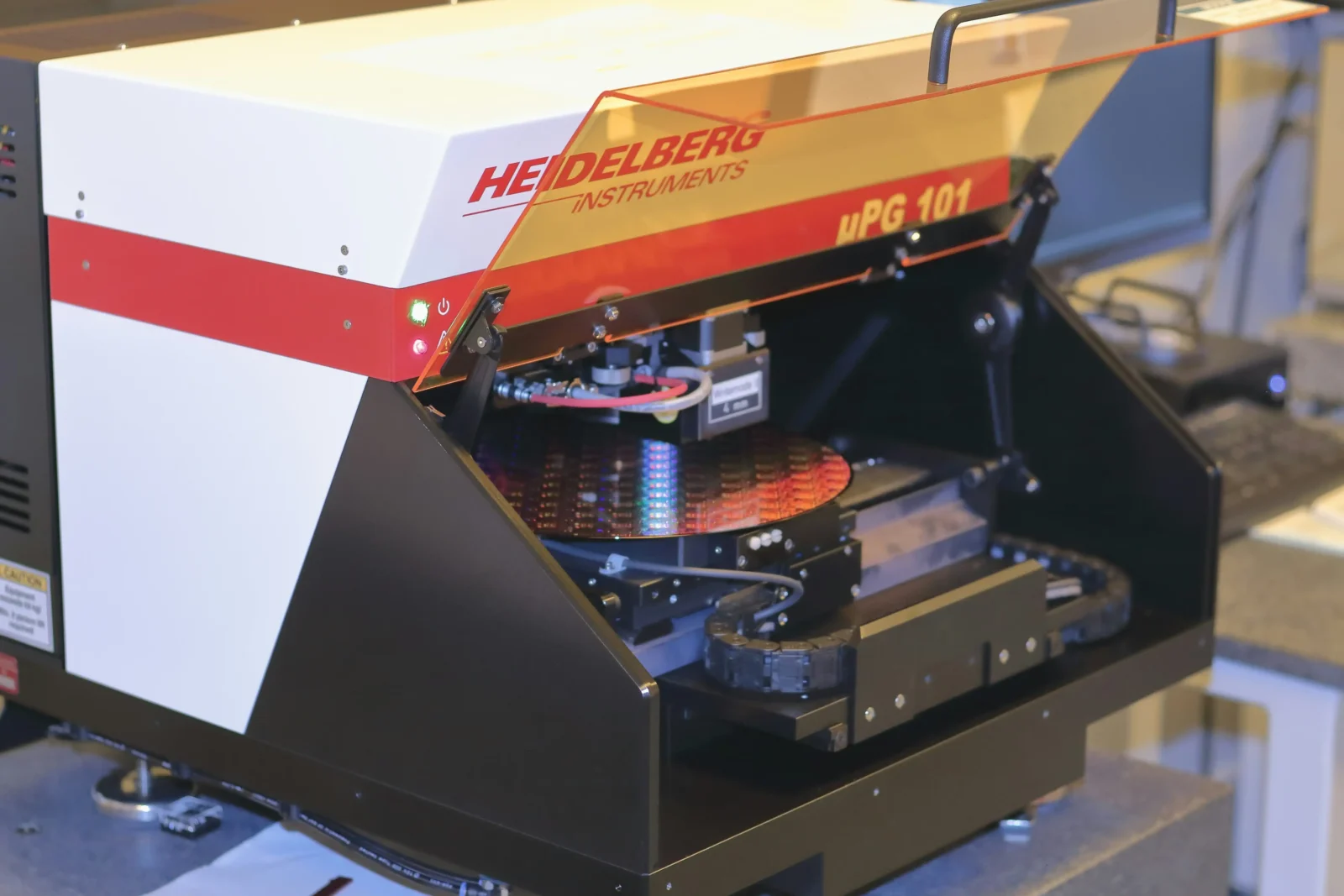- Home
- Articles
- Architectural Portfolio
- Architectral Presentation
- Inspirational Stories
- Architecture News
- Visualization
- BIM Industry
- Facade Design
- Parametric Design
- Career
- Landscape Architecture
- Construction
- Artificial Intelligence
- Sketching
- Design Softwares
- Diagrams
- Writing
- Architectural Tips
- Sustainability
- Courses
- Concept
- Technology
- History & Heritage
- Future of Architecture
- Guides & How-To
- Art & Culture
- Projects
- Interior Design
- Competitions
- Jobs
- Store
- Tools
- More
- Home
- Articles
- Architectural Portfolio
- Architectral Presentation
- Inspirational Stories
- Architecture News
- Visualization
- BIM Industry
- Facade Design
- Parametric Design
- Career
- Landscape Architecture
- Construction
- Artificial Intelligence
- Sketching
- Design Softwares
- Diagrams
- Writing
- Architectural Tips
- Sustainability
- Courses
- Concept
- Technology
- History & Heritage
- Future of Architecture
- Guides & How-To
- Art & Culture
- Projects
- Interior Design
- Competitions
- Jobs
- Store
- Tools
- More

The process of building a modular home can be an exciting endeavor for prospective homeowners. Unlike traditional construction methods, modular homes arrive largely pre-fabricated in sections, offering efficiency and potentially reducing time on site. With the ability to design and customize these pre-built sections, modular homes provide a streamlined, cost-effective solution while maintaining high-quality standards.
Homeowners begin by obtaining necessary permits and deciding on a layout that suits their needs. Modular homes are assembled on site after their individual components have been constructed and delivered. This method ensures a quicker transition from blueprint to reality, often within a matter of weeks, as opposed to several months with conventional homes.
For those considering modular homes, understanding the streamlined process and the benefits that come with it can make this housing option an attractive choice. The modular approach doesn’t just save time; it often brings a level of precision and quality control that can be challenging to achieve with traditional building techniques. By offering a blend of customization and efficiency, modular homes cater to diverse needs and budgets.
Table of Contents
TogglePlanning and Design
Creating a modular home involves several important steps that ensure the project is both functional and compliant. Key elements include choosing the right building site, designing the home to meet specific needs, and securing necessary permits.
Selecting a Building Site
Choosing the right location is crucial for a modular home. Factors like proximity to utilities, land stability, and access to roads must be considered. A suitable site ensures ease of transportation for modular units and reduces the time and cost of construction.
The site should also be evaluated for zoning restrictions and environmental factors. Accessibility for delivery trucks and cranes is essential for effective module installation. Working with builders during this phase can facilitate identifying the most practical site options and navigating any potential challenges.
Designing Your Modular Home
Designing a modular home involves creating detailed plans and blueprints that reflect the homeowner’s needs. This phase uses Building Information Modeling (BIM) systems for precise planning. It’s essential to determine the number of modules, layout, and intended use of each space.
Customizations like room configurations and energy-efficient options can be specified here. Architects and engineers collaborate to ensure that designs meet both personal preferences and regulatory standards. Once designs are finalized and approved, they can be submitted to local authorities for further review.
Obtaining Permits and Approvals
Obtaining permits and approvals is a critical step in modular home construction. This process involves submitting design plans to local regulatory agencies. Approval often requires compliance with building codes, safety standards, and zoning requirements.
Delays in this stage can affect the construction timeline, making it important to account for potential bureaucratic delays. Once permits are granted, construction can proceed, ensuring that every phase aligns with legal and safety regulations. Efficient management of this stage involves staying informed about local regulations and maintaining clear communication with authorities.
Construction Phase
The construction phase of building a modular home involves both off-site manufacturing and on-site assembly. This includes the construction of modules in a factory, preparation of the building site, setting of modules, and final assembly.
Factory Construction Process
In the controlled environment of a factory, modules are constructed with precision. This phase utilizes advanced techniques such as cutting-edge machinery and skilled labor to ensure quality and efficiency. These modules often include detailed elements like electrical wiring, plumbing, and sometimes window installation.
Materials are selected for durability and energy efficiency. Quality control inspections ensure that each module meets strict standards before leaving the factory, contributing to a streamlined assembly process when on-site. This off-site production reduces construction time and potential delays due to weather or other site-related issues.
Site Preparation
Before the modules are delivered, thorough site preparation is crucial. The land is cleared and leveled, and the foundation is laid according to specified dimensions. Site preparation also involves ensuring that utility lines are correctly installed and operational.
Careful attention is given to zoning laws and local building codes to avoid complications. When the foundation is ready, it provides a stable and accurate base for setting the modules. Collaborations with contractors, such as a window installation contractor, ensure that on-site elements integrate seamlessly with the factory-built modules.
Setting the Modules
Transported from the factory, modules arrive at the site ready for placement. A crane is commonly used for this precise operation, lifting and setting each module onto the foundation.
Alignment is critical, requiring meticulous measurements to align with structural and aesthetic plans. This step might also involve sealing joints and connections between modules to improve energy efficiency and structural integrity. Coordination among the construction team ensures that this process is smooth and conducted according to schedule, minimizing any disruptions.
Final Assembly and Finish
Once the modules are set, the final assembly begins. This involves connecting all systems, including electrical, plumbing, and HVAC. Interior finishes like flooring, cabinetry, and fixtures are completed during this phase.
Exterior elements such as siding and roofing are installed, ensuring the home is weather-tight and visually cohesive. Details like painting, trim work, and custom installations demand close attention. The coordination of specialists, such as a window installation contractor, can enhance the home’s functionality and appearance. The final inspection ensures every aspect meets the building codes and quality standards, readying the modular home for occupancy.
Inspection and Quality Control
Inspection and quality control in modular home building involve rigorous checks at both the factory and on-site to ensure the standards are met before a certificate of occupancy is granted. These steps are crucial to guarantee safety, compliance, and a smooth transition to occupancy.
Factory Inspections
Factory inspections are a critical aspect of modular home construction. Before the units leave the factory, they undergo strict quality checks to meet state and federal standards. Each module is scrutinized for structural integrity, electrical safety, and plumbing adequacy. Inspectors, often required to have specific licenses, inspect various elements such as materials, design, and assembly processes to ensure compliance with relevant codes and standards.

Quality assurance practices are implemented throughout the production line. Internal teams conduct routine checks, while third-party inspectors verify these examinations. This two-pronged approach minimizes errors and defects. Any discrepancies are addressed immediately before the modules are approved to leave the facility. The focus remains on delivering fully compliant and reliable structures to the customer.
On-Site Inspections
Once the modular units reach the construction site, on-site inspections commence. These assessments are essential to confirm the seamless integration of modular components with the site infrastructure. Inspectors evaluate the foundation, installation, and connection of utilities like plumbing and electricity. Ensuring these elements are well-integrated is vital for the functionality and safety of the home.
On-site inspections also cover aspects like securing modules together and weatherproofing. Any environmental considerations, such as seismic or wind factors in the area, are analyzed during these inspections. This comprehensive evaluation at the site assures homeowners that their modular home is physically sound and environmentally adaptive.
Certificate of Occupancy
Obtaining a certificate of occupancy is the final step in the modular home construction process. This official document certifies that the home complies with local building regulations and is safe for habitation. Before issuance, local authorities conduct a final inspection of the home, focusing on compliance and safety.
Factors examined during this inspection include structural safety and the proper installation of electrical and plumbing systems. All requirements must be fulfilled before the certificate is granted. This certification is not only a legal necessity but also provides homeowners the assurance that their new home is safe and ready for occupancy.
Post-Construction
After the initial building of a modular home, attention shifts to ensuring everything meets the necessary standards. This stage includes verifying the quality of the final product and addressing any issues through warranties and services.
Final Walkthrough
During the final walkthrough, both the builders and the homeowners examine the completed home in detail. This process ensures that the construction aligns with the contract specifications and that all finishing touches meet the homeowner’s expectations.
Homeowners should inspect fixtures, appliances, and finishes for any discrepancies. It is crucial for them to check plumbing, electrical systems, and HVAC units for functionality. They also need to confirm that any custom elements requested are present and correctly implemented.
Once both parties have agreed that the home meets all criteria, they finalize the necessary documents. This step often includes signing a completion certificate to signify the end of construction.
Warranty and Service
After installation, modular homes typically come with warranties covering various aspects of the construction. These warranties protect homeowners from any structural issues or defects discovered post-build. They often range from one to ten years, depending on the builder and location-specific regulations.
Homeowners should familiarize themselves with the warranty details, including what’s covered and the process for making claims. Often, builders offer service packages that include routine maintenance checks and repairs covered under the warranty.
Documenting any issues early can aid in getting timely service. Keeping records of all interactions and services received helps ensure transparency and accountability throughout the warranty period.
illustrarch is your daily dose of architecture. Leading community designed for all lovers of illustration and #drawing.
Submit your architectural projects
Follow these steps for submission your project. Submission FormLatest Posts
A Comprehensive Approach to Building Maintenance and Property Care
Every building, no matter how new or old, goes through a quiet...
Statutory vs Common Law Compensation: Which Is Right for Your Workplace Injury?
Suffering a workplace injury opens the door to compensation claims, but many...
Smart Lighting & Smart Mirror Ideas for Modern Homes
Smart lighting (in the form of bulbs/strips, etc.) and smart mirrors can...
Transform Your Home for the Holidays with Laser-Engraved Décor
There’s something magical about decorating your home for the season—the cozy lights,...












Leave a comment